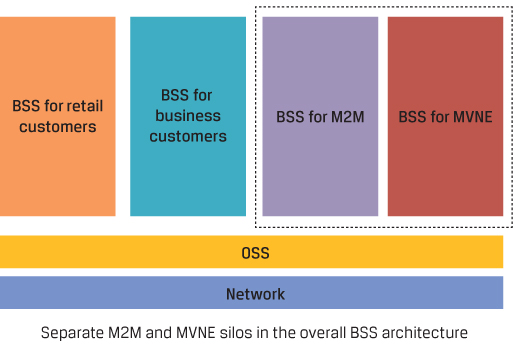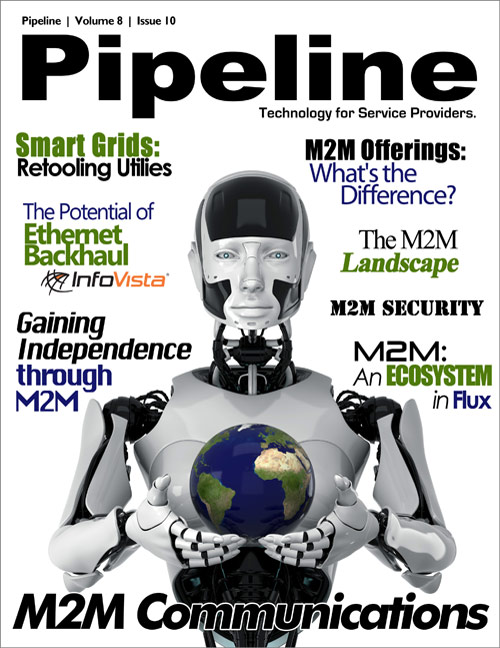
The M2M market is bound to be growing, according to the research of leading analyst companies. Currently the market is still relatively small but its potential is huge. In the long run it will become a strategic segment for many communication service providers. Therefore, good strategic decisions related to M2M are of great importance - telecom operators must be prepared for market growth and protect their competitive positions. This is why independence and ability to compete as well as customer ownership are essential factors for those service providers that want to win on the M2M market.
What constitutes an M2M platform for service providers?
In order to run the M2M business, service providers must have a stack of applications such as CRM, billing, SIM management, logistics management, AAA, monitoring, mediation, provisioning, device management, self-care, application integration infrastructure and sometimes even more. That set of applications, integrated together with other systems as well as some network elements, forms a complete M2M platform for communication service providers.
When all silos consolidate, why will M2M not follow?
Many operators have already invested a lot of effort in eliminating multiple IT architecture silos for various reasons – including optimizing costs or operational efficiency. A recent example is the consolidation of fixed and mobile silos into one. This is being executed on the organizational and technical level at telecom operator’s organizations and is often still in progress for most companies.
When entering a new market – M2M – an important question arises: is it possible to fit this new business line into existing silos or is there a need for a new one (which is not in line with the consolidation strategies)?
The answer is far from being simple, but so far the majority of operators create separate organizational units for running the M2M business (sometimes even on the group level) and decide to create a separated silo for this part of their activity, at least for the BSS aspect of M2M.
The first reason to create a separate organization for M2M lies in the differences between the traditional telecom business and the M2M activity. These differences apply to the type of partners and ways to cooperate with them, various verticals served, complex logistic processes, integrations and more. A separate organization mostly entails a separated software stack (the so called M2M platform). All this comes from the simple fact that it would be difficult to achieve a scale effect when the M2M business line would be added to the existing BSS platform, because of the difference in configurations and business processes (comparing to traditional B2C or B2B telecommunications).









